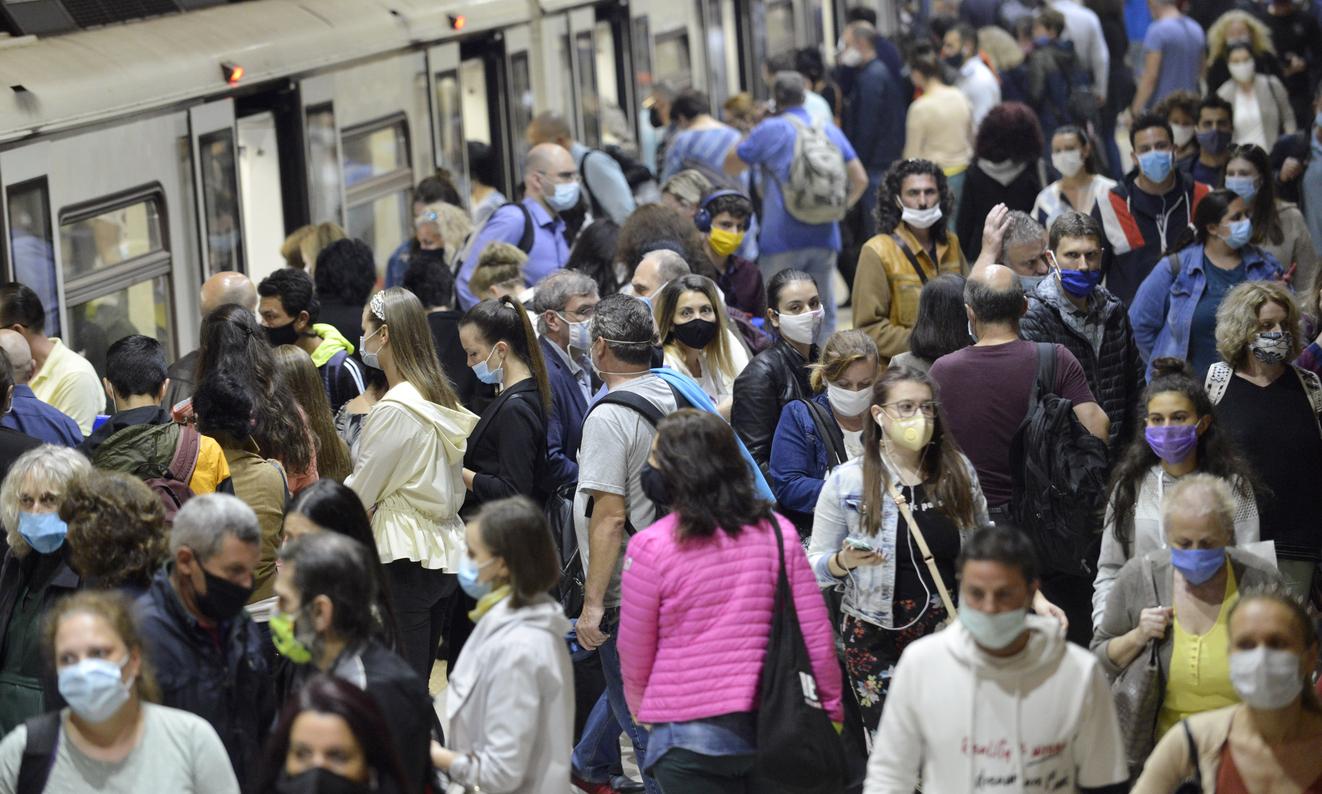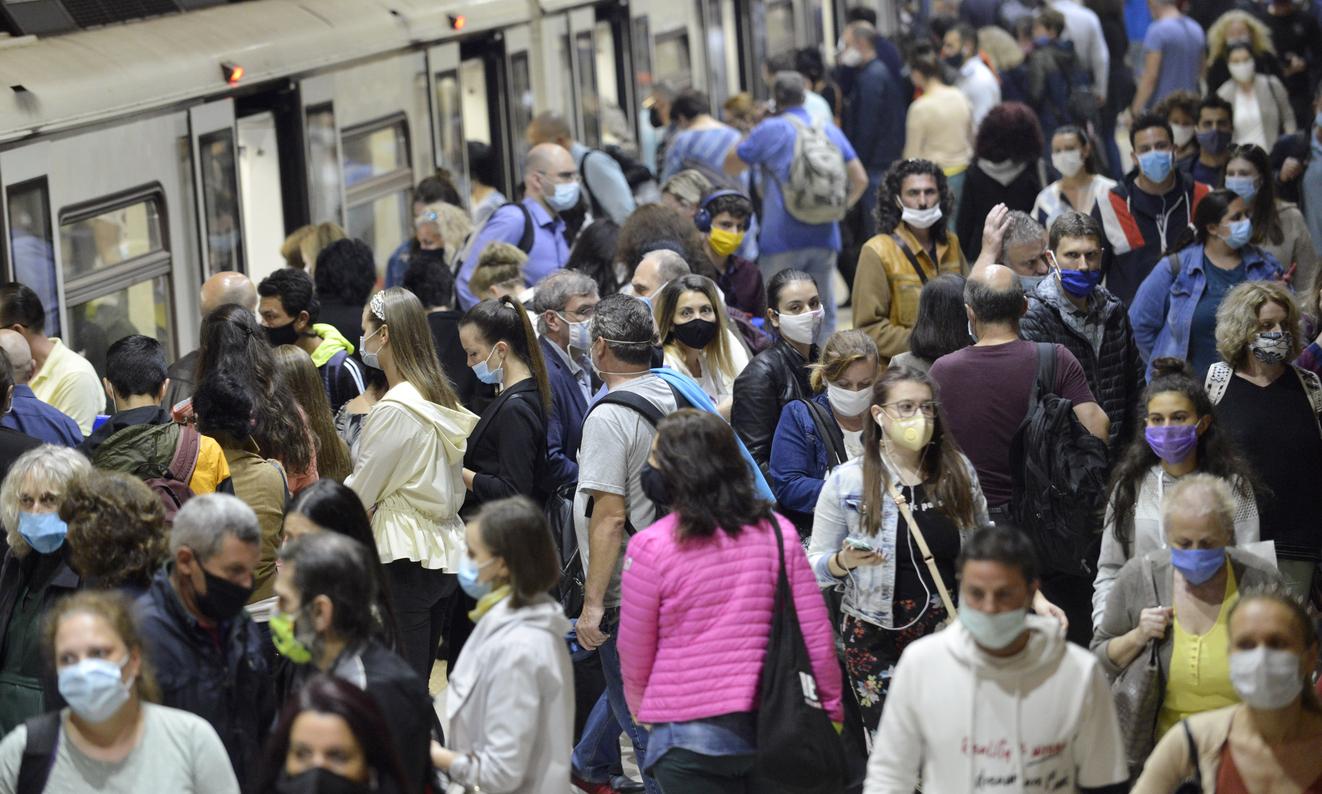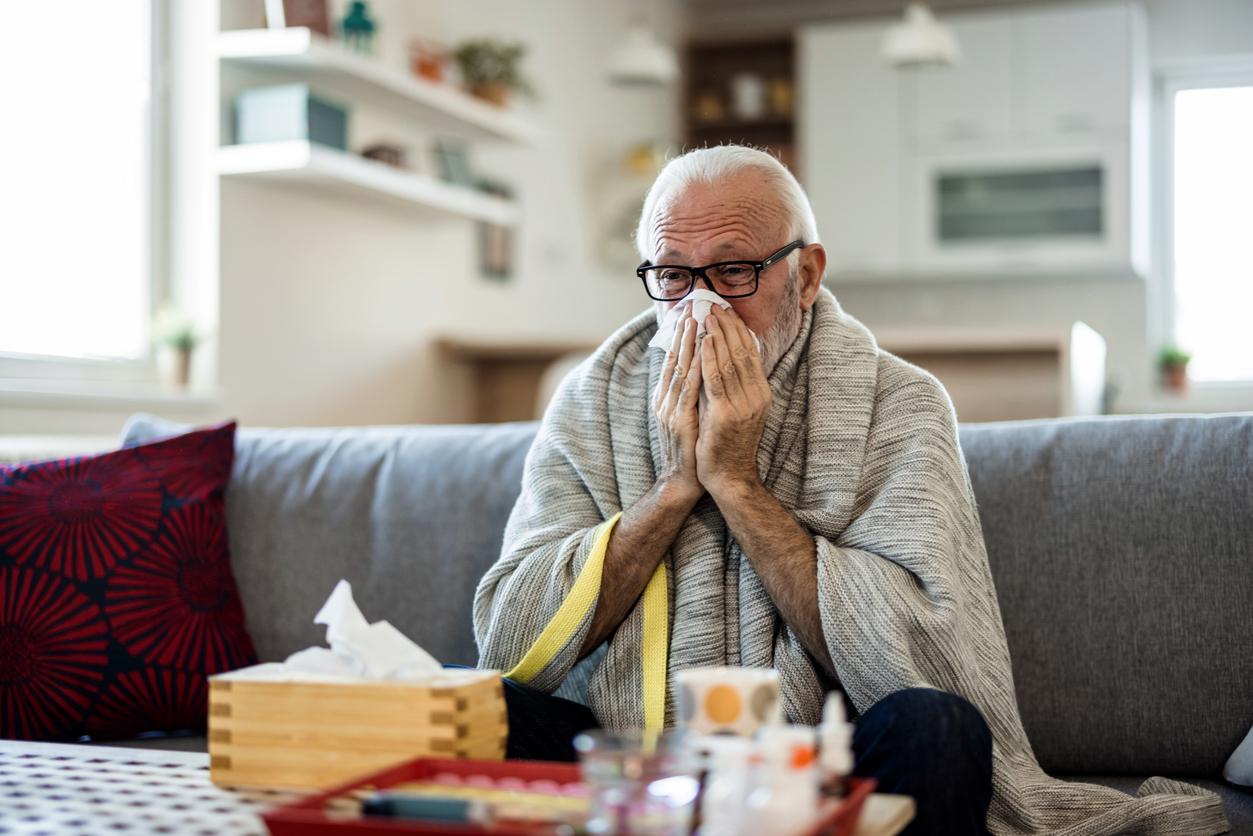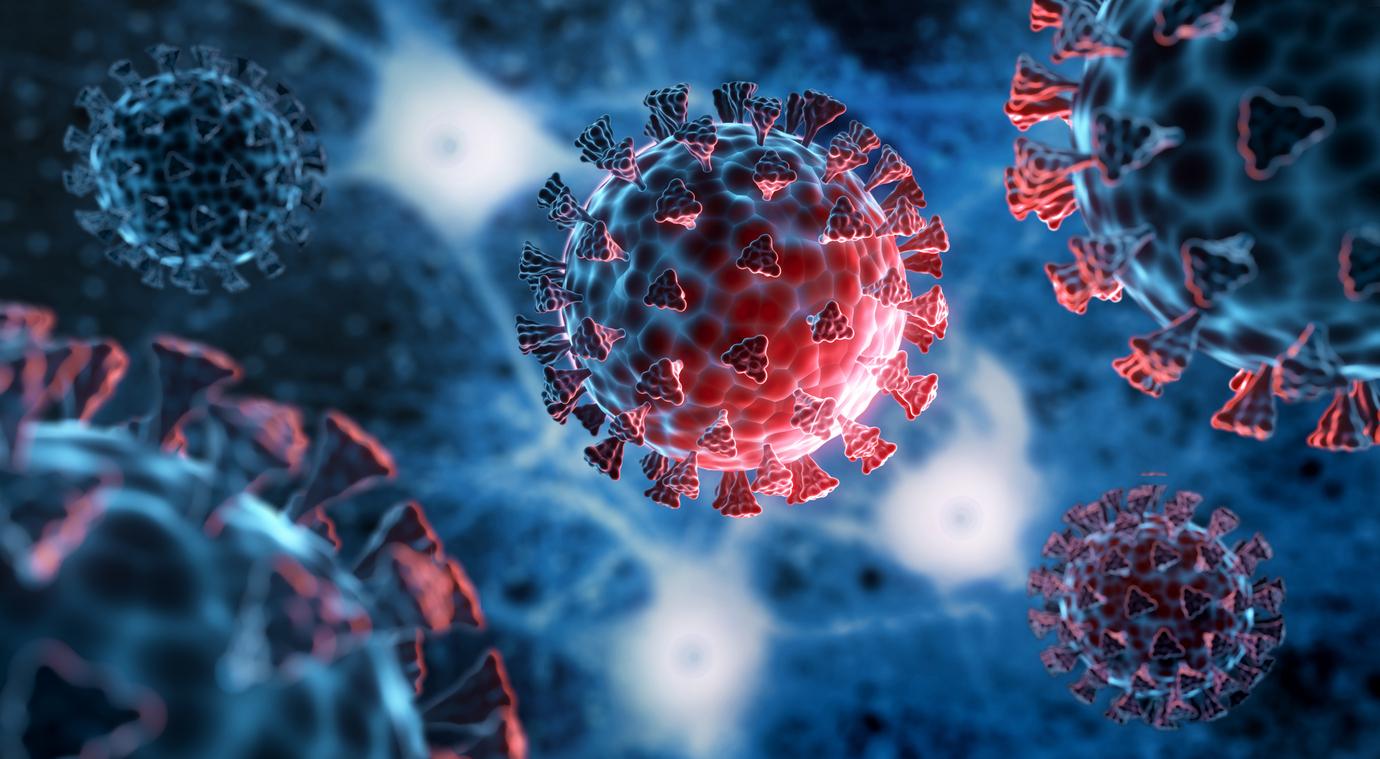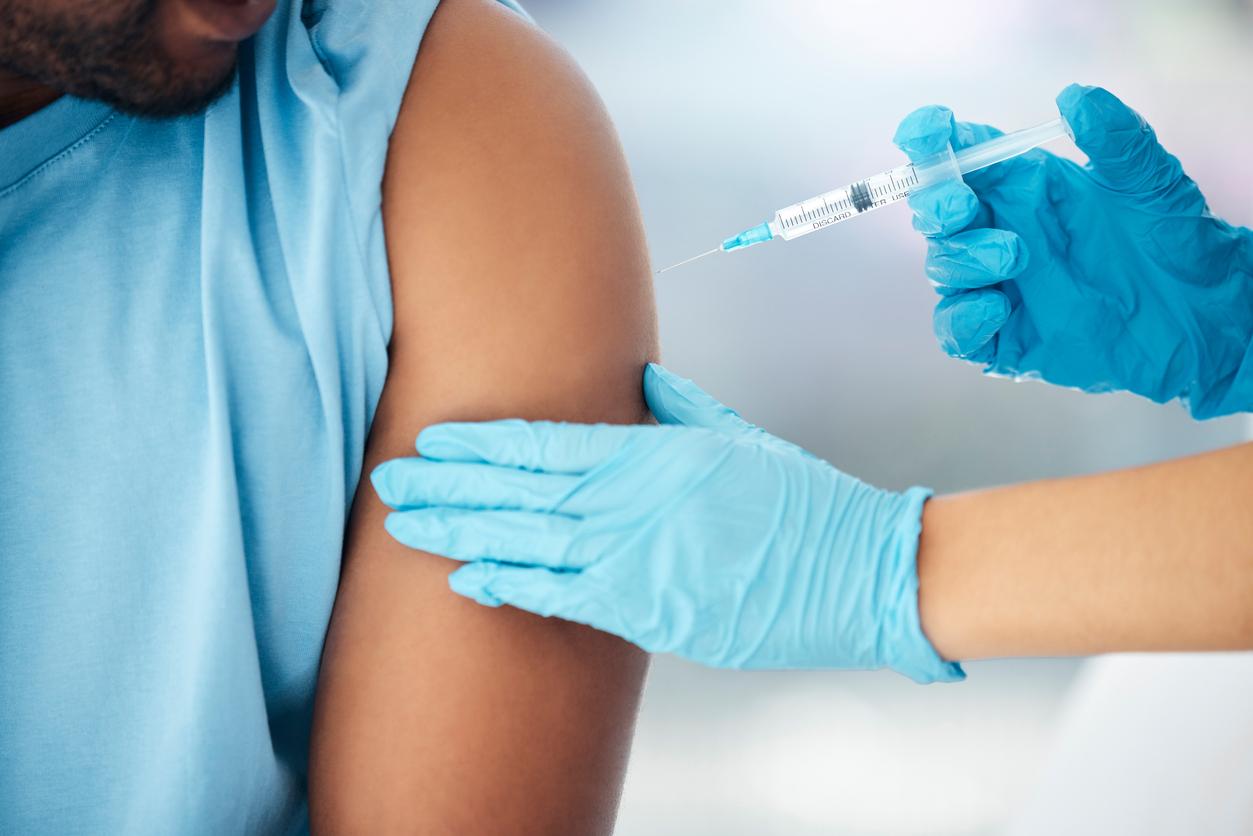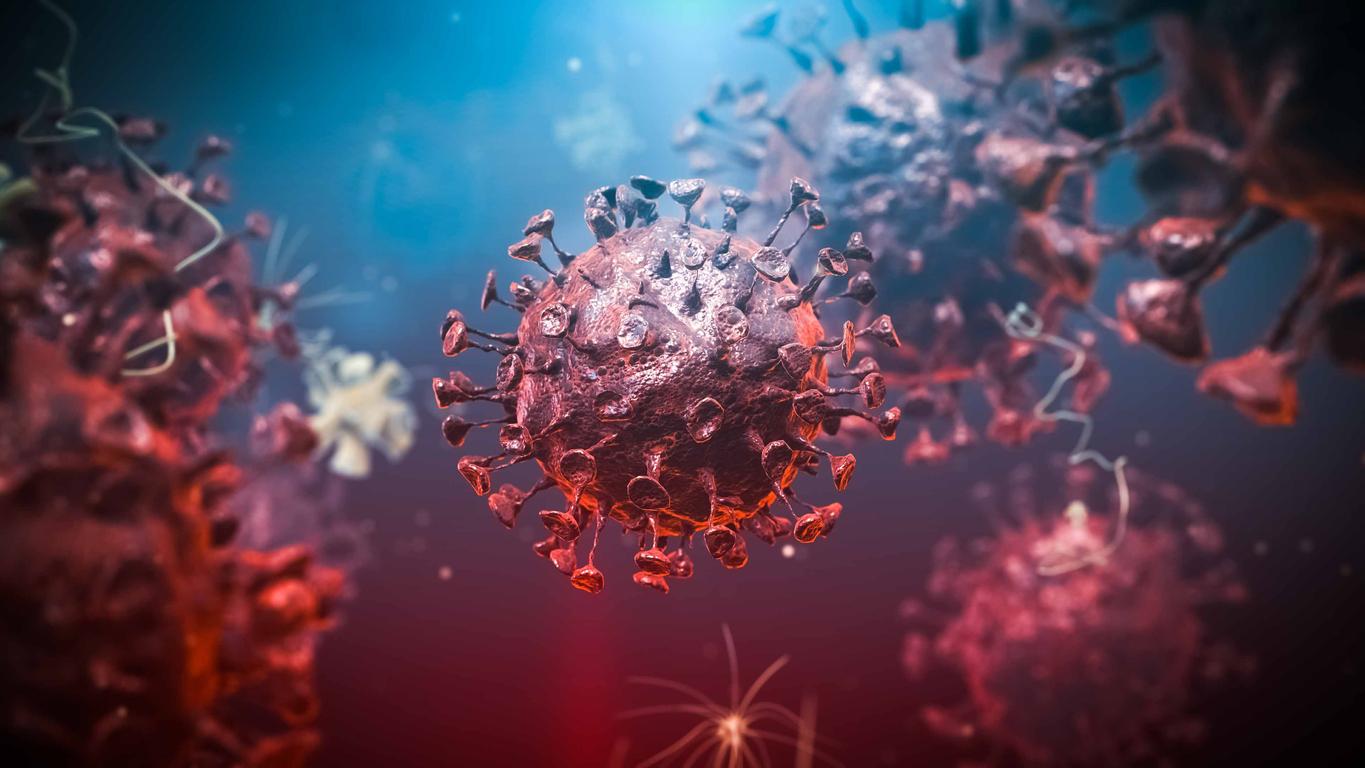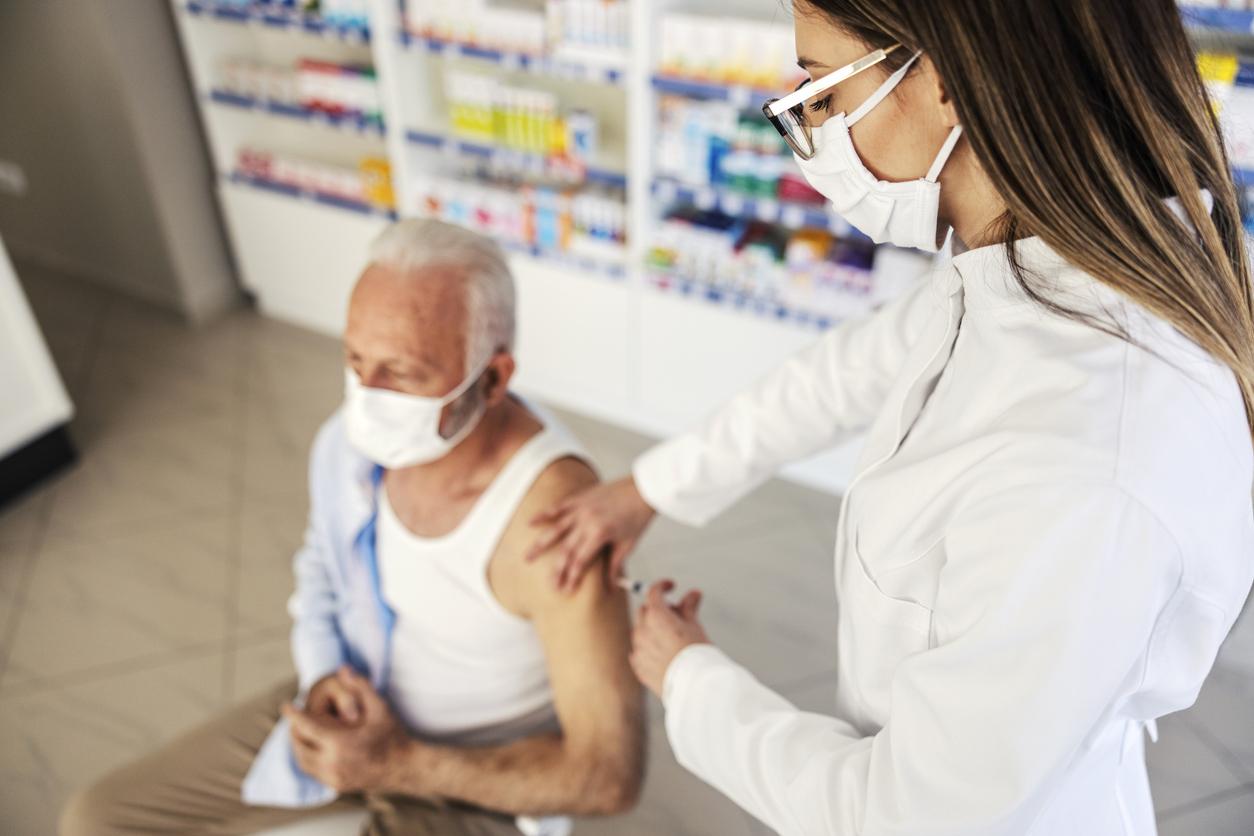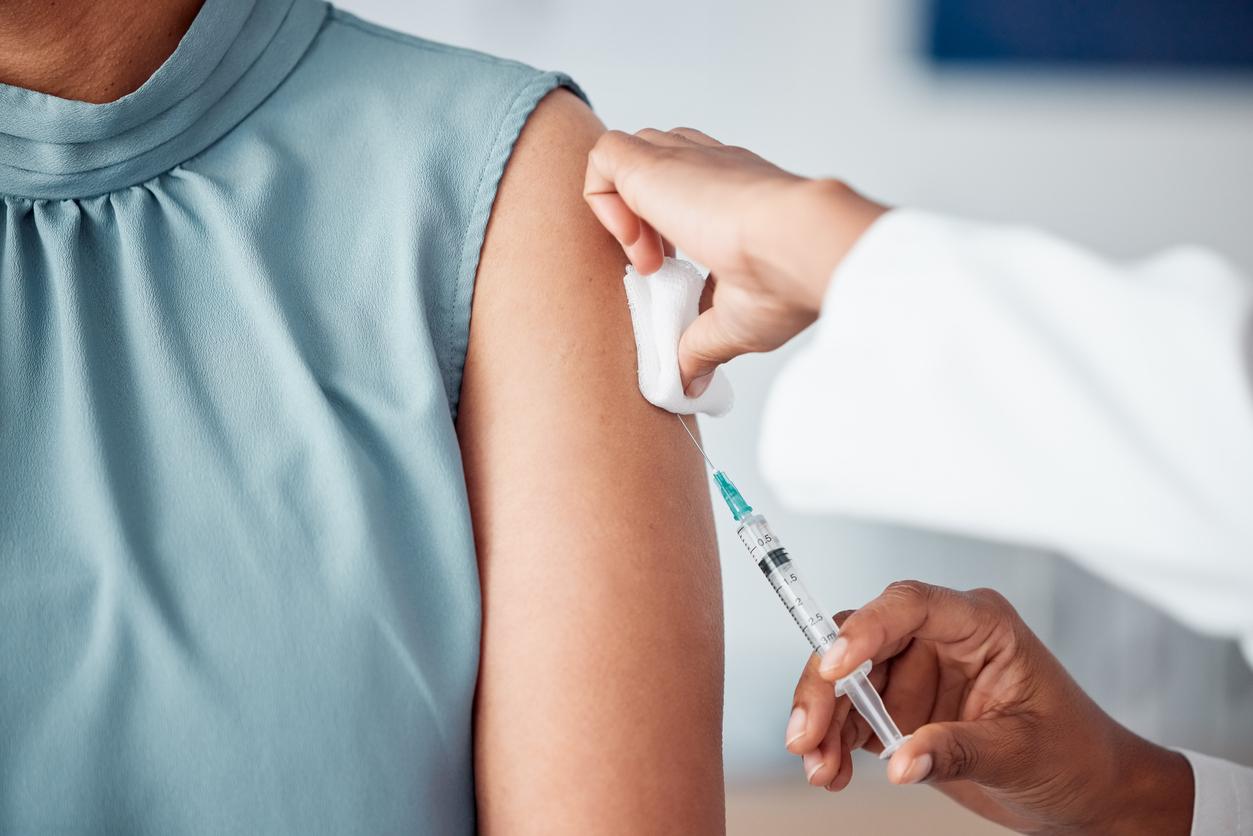The start of the school year for kindergartens and primary schools takes place this Monday, April 26. In a context where the end of the Covid-19 epidemic still seems far away, the health protocol has been reinforced. Explanations.

- Classes will be closed as soon as a case of an infected student is identified.
- The installation of CO2 detectors in the premises is recommended
This Monday, April 26, kindergarten and primary students are heading back to school. But, once again, this new school year is special. Due to the Covid-19 epidemic, the health protocol has been reinforced in all establishments in France. In a poll conducted by OpinionWay and published this month, the parents of schoolchildren pleaded for the implementation of stricter sanitary measures. What will it be in the end?
Closing of the class as soon as a student is positive
During a press conference, this Thursday, April 22, the Minister of Education, Jean-Michel Blanquer, presented the health protocol for this back to school. It will be strict, even more so than the one the students left when they left on vacation. The two main changes are the systematic closure of classes in the event of a student positive for Covid-19 and the implementation of self-tests. Indeed, if a student tests positive for the virus, his class will be closed for seven days and he, as well as his classmates, will have to isolate themselves at home for a minimum of 10 days from the date of the first symptoms for symptomatic cases and from the date of collection for those who are asymptomatic. Before the holidays, this measure only concerned nursery schools, it is now extended to all levels. On the other hand, if a teacher is a carrier of the virus, he is replaced to ensure the continuity of face-to-face teaching. Measures that go in the direction of the wishes expressed by the parents of students in the OpinionWay survey. Indeed, 83% of them wanted a strict protocol for the definition of contact cases and class closure. At the same time, the government is also increasing the number of saliva tests carried out in schools, with the objective of gradually carrying out up to 600,000 weekly. The implementation of self-tests has also been implemented for high school students and National Education staff. The latter will receive two per week, to be made at home. For the moment, pupils in primary and nursery schools are excluded because the High Authority for Health (HAS) prohibits the use of these self-tests for young people under the age of 15. But this directive could change in the coming days.
The CO2 detectors recommended but not mandatory
The social distancing to be respected remains the same as that described in the initial health protocol: “In kindergarten, physical distance must be maintained between pupils of different groups. On the other hand, distancing is not required between students in the same group (class, group of classes or levels), whether in enclosed spaces (classroom, corridors, etc.) or in outdoor spaces. . In elementary schools, middle schools and high schools, the principle is the physical distance of at least one meter when it is materially possible, in closed spaces (including the classroom), between the teacher and the students as well between students when they are side by side or face to face. It does not apply in outdoor spaces between pupils of the same class or of the same group, including for sports activities.“Wearing a mask is still not compulsory in kindergarten but, from elementary school, it is imposed both inside and outside. On the other hand, the rooms must be regularly aired, at least a few minutes every hour. On the other hand, if the government recommends the installation of CO2 detectors in the rooms, the supply of this equipment to schools is not planned, which limits the implementation of this measure. However, 75% of parents questioned in the OpinionWay survey wanted the installation of these detectors as well as ventilation systems in the classrooms. On the other hand, mixing must always be limited in school canteens between classes, groups of classes or levels. In the canteens, the rule of 2 meters between groups and meals taken by class is unchanged.
Finally, the website of the Ministry of National Education, Youth and Sports specifies that “if the climatic and material conditions allow it, all solutions or alternatives to classroom lessons may be sought, in particular outdoor activities or lessons.” With the arrival of fine weather, outdoor lessons could therefore be an interesting and pleasant solution!
.








